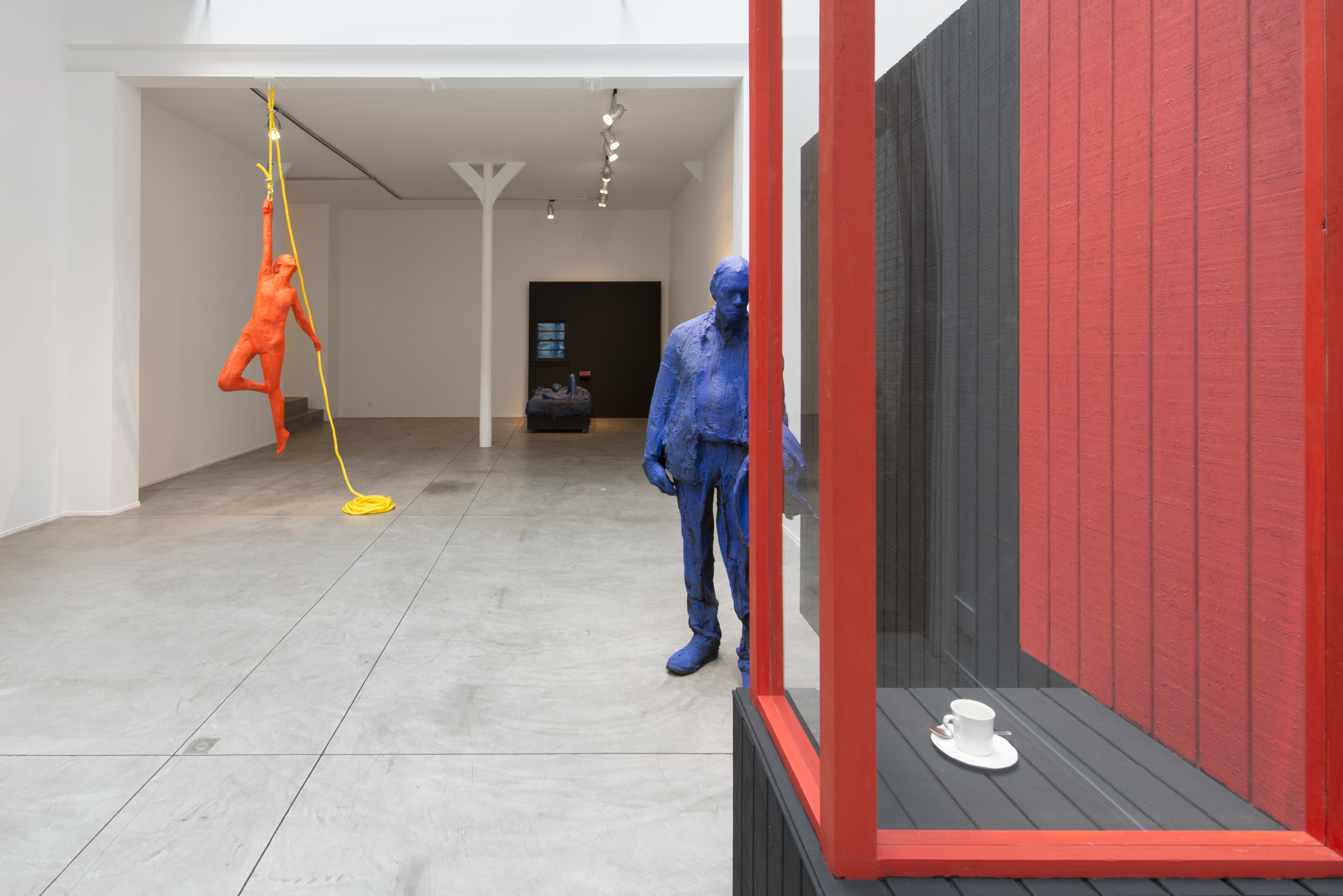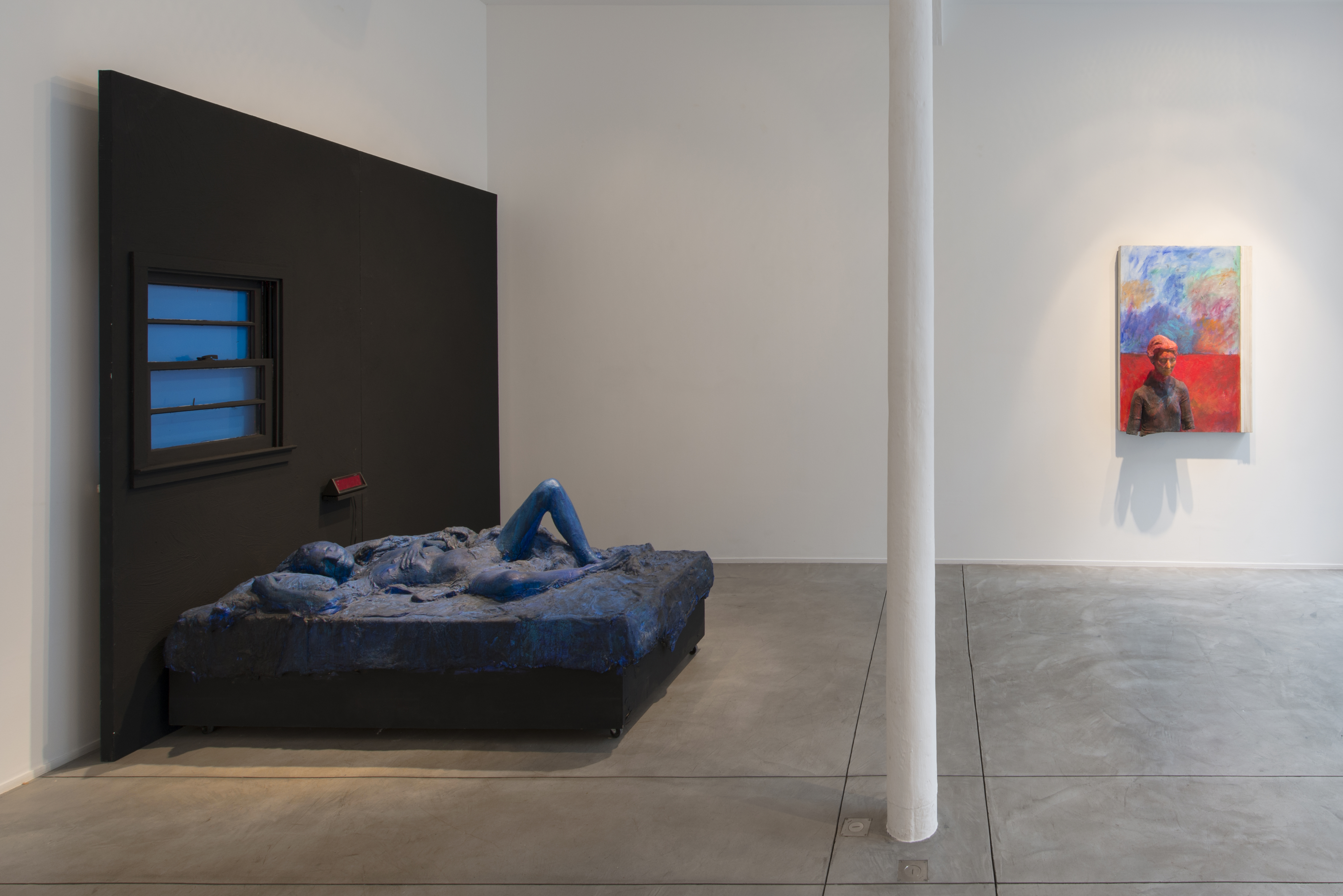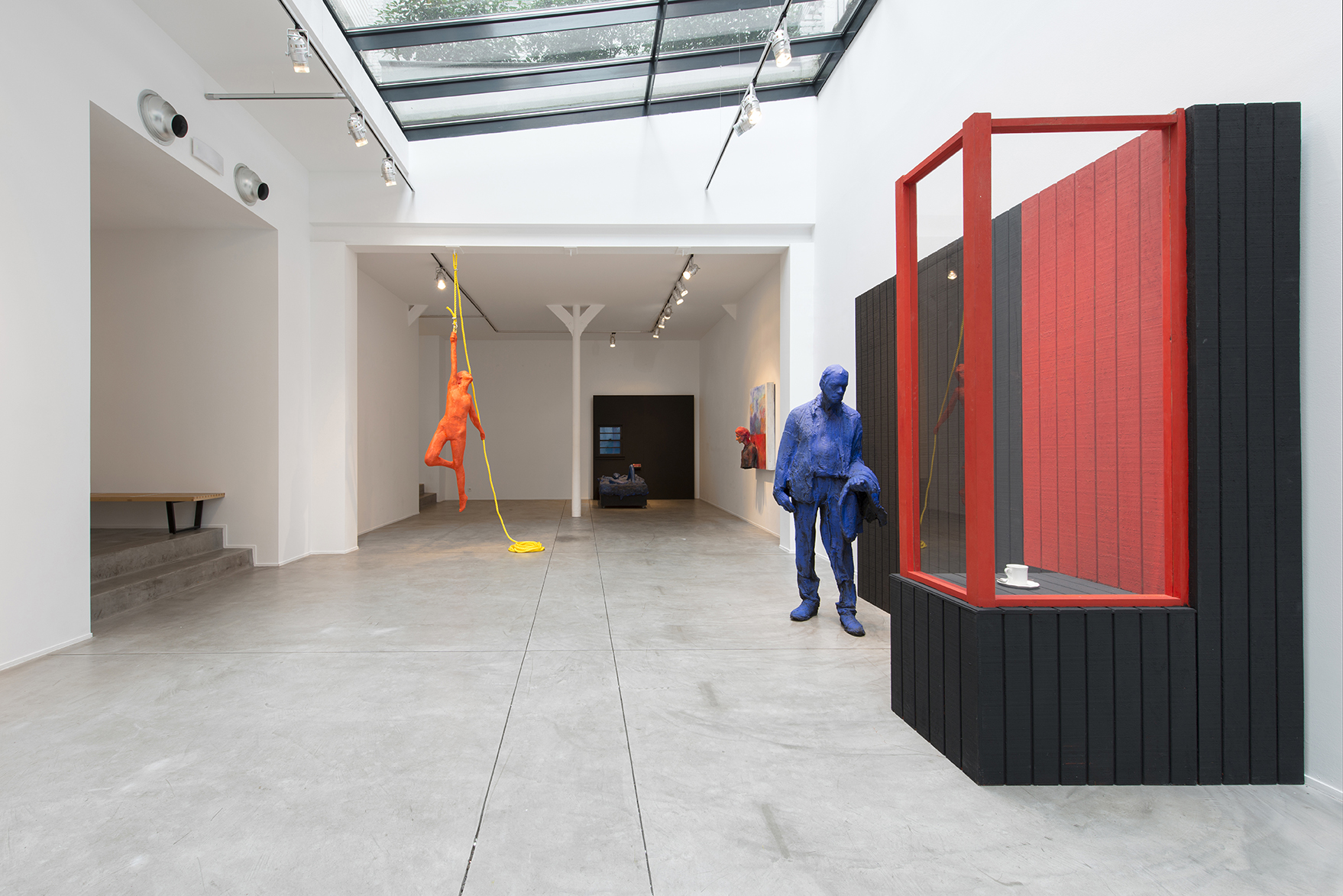
George Segal
George Segal
Galerie Templon is presenting the first George Segal exhibition in Belgium in 30 years. One of the most singular Pop art artists, Georges Segal became famous in the 60s in New York with his environments populated by disturbing plaster figures and objects.


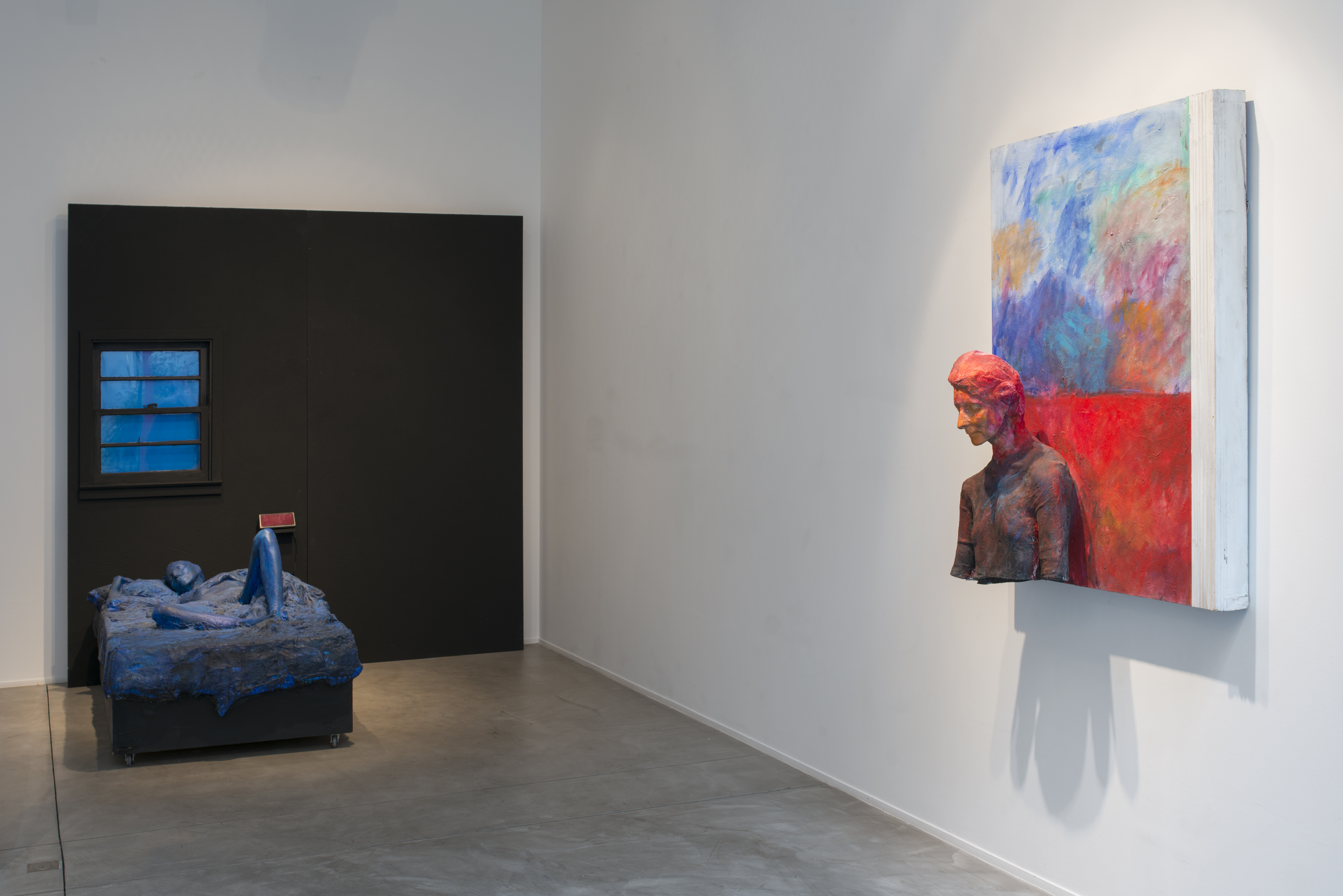
George Segal’s tableaux are reflections on the individual and the consumer society. He plays on the permeability of spaces, inviting the viewer to converse with his anonymous and motionless figures. George Segal developed a layered plaster bandage moulding technique by applying the bandages directly to the model’s body. He used this technique to reveal the evocative power of gesture and its poetic, social, erotic and political dimensions.
The exhibition features a comprehensive selection of the American artist’s works, including pieces from his substantial expressionnist period in the 90’s. Originally a realist, George Segal’s works began to evolve in the 1970s, turning towards a more expansive and freer style of expression. The coloured works of the 1980s, both figurative paintings and still lives, enter into a dialogue with the history of art and master painters like Cézanne and Degas. By isolating and highlighting fragments of body parts, the artist creates opulent bas-reliefs and series of erotic paintings (Miles and Monique ). In the 1990s (Woman in a Summer Landscape, The Dumpster, Blue Woman on a Bed), the artist shifted his focus to expressionist naturalism where the fusion of sculpture and painting brings to life a plethora of artistic expressions via colour, light and emotions

Miles & Monique, circa 1980
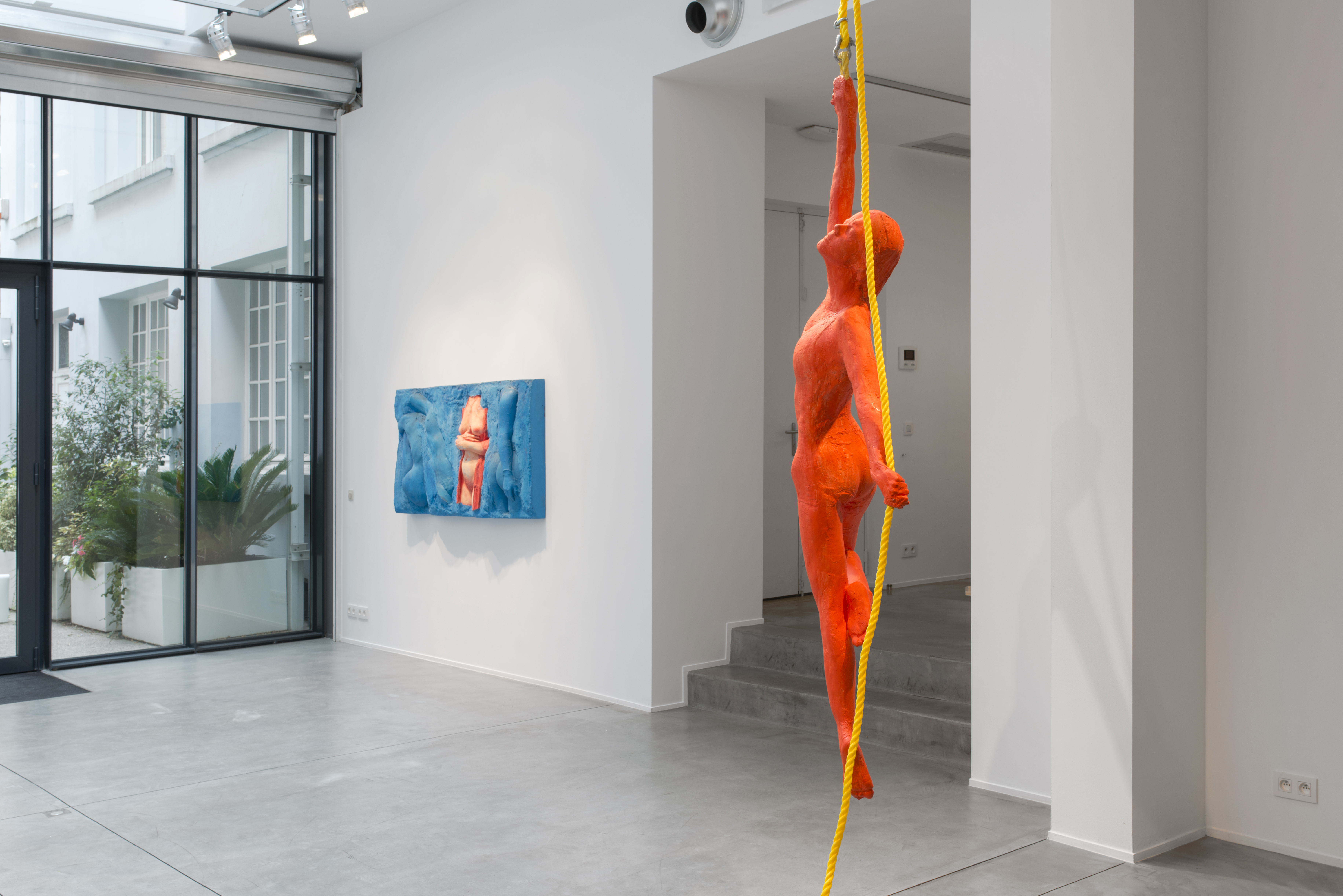
The artist
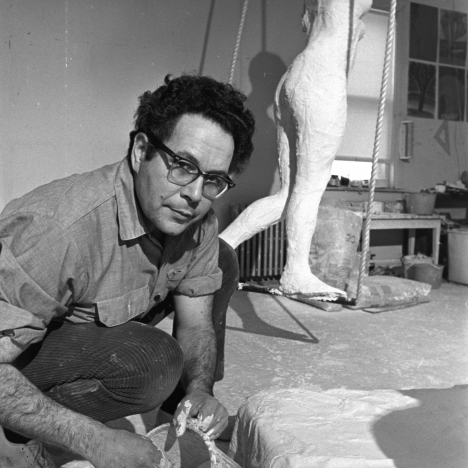
Born in 1924 in New York, George Segal lived and worked in New Jersey, USA, until his death in 2000. His tableaux are reflections on the individual and her/his place in 20th century society. He plays on the permeability of spaces, inviting the viewer to enter into a dialogue with anonymous and motionless figures. He pioneered the application of plaster bandages to the model's body, a technique he used to reveal the evocative power of gesture and its poetical, social, erotic and political dimensions.
